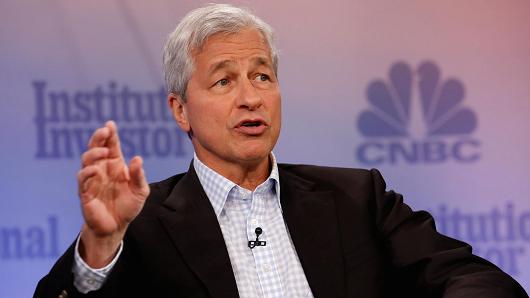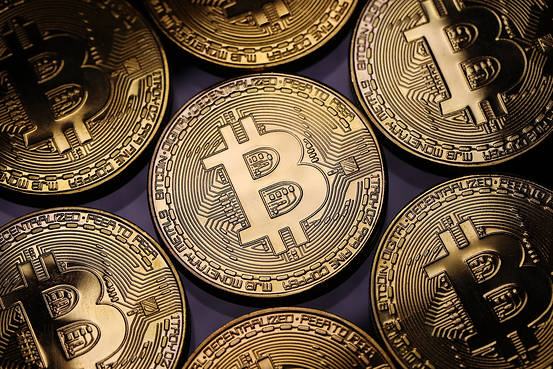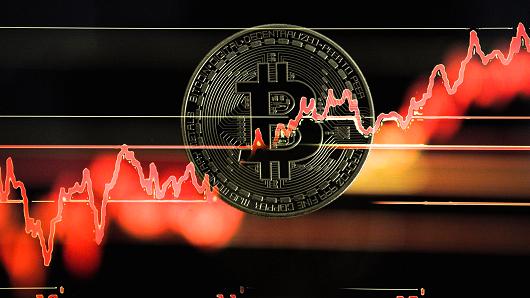The world stands on the edge of a cyclical downturn, exacerbated by trade tariffs initiated by America. We know what will happen: the major central banks will attempt to inflate their way out of the consequences. And those of us with an elementary grasp of economics should know why the policy will fail.
In addition to the monetary and debt inflation since the Lehman crisis, it is highly likely the major international currencies will suffer a catastrophic loss of purchasing power from a new round of monetary expansion calling for a replacement of today’s fiat currency system with something more stable. The ultimate solution, unlikely to be adopted, is to reinstate gold as circulating money, and how gold works as money is outlined in this article.
Instead, central banks will struggle for fiat-based solutions, which are bound to face a similar fate with or without the blockchain technology being actively considered. The Asian and BRICS blocs have an opportunity to do something with gold. But will they take it?
Introduction
Central banks around the world are praying that there won’t be a recession, and if there is that a further monetary stimulus will ensure economic recovery. Their problem is Keynesian theory says it will work, but last time it didn’t. In fact, it has never worked beyond a temporary basis. The big surprise this time was the lack of officially recorded price inflation. But this is due to the system gaming the numbers, making it appear there has been some moderate growth when a proper deflator would confirm most Western economies have been contracting in real terms for the last ten years.
Most likely, the monetary planners believe their own numbers. That being the case, any softening in an economy will be deemed to require yet more aggressive monetary expansion than that which followed the Lehman crisis. The ECB is even talking about creating money to invest in renewable energy as well as funding budget deficits. Jay Powell is giving the Fed some leeway on the potential for price inflation, the anticipated consequence of revved-up monetary inflation to deal with upcoming challenges. To encourage governments to increase their budget deficits to give yet more Keynesian stimulus, quantitative easing will give them the means, while at the same time recapitalising the banks. But with things not working as the textbooks said they should, many monetary planners are highly concerned, speculating some sort of monetary reset will eventually be required.
Classical economics is very clear on the matter: the wealth transfer of the Cantillon effect is permanently impoverishing the majority of producers and temporally enriching governments, banks, large zombie corporations and speculators. Businesses that should not see the light of day obtain easy money. No one expects to have to repay debt, which around the world is now estimated to be $255 trillion, up over 45% since Lehman’s failure, and they know it will be reduced in real terms by inflation.
We are past the point where monetary stimulation creates a temporary economic benevolence, which according to Keynes is all that’s required to revive animal spirits. But the animal in us all is suffering severe monetary anaemia, having been bled to near-death over repetitive cycles of credit inflation.
We know the planners are worried about loss of control. It is reported that seven out of ten central banks are examining cryptocurrency and blockchain solutions. The Bank for International Settlements probably hosts an unofficial committee to coordinate ideas and identify significant issues. A blockchain might allow a central bank to monitor and direct ownership of money as a means of complimenting their monopoly of the supply and transfer of benefits between savers and borrowers. It threatens to take the socialisation of money to a new level and offers the prospect of increasing statist control over its use.
This article attempts to provide context for the dilemmas faced by a failing fiat-money system. The error at the outset is to think that money is a creature of the state. The state can legislate as much as it likes but ultimately any socialising monetary system fails. If in their lack of wisdom central banks mistakenly replace one form of fiat with another, then they will merely be issuing a new mandat to replace a failed assignat; the mistake that France’s revolutionary parliament made in the turbulent 1789-96 period.
In that sense, the world is where France was in the early 1790s, a period that led to civil insurrection, Napoleon and European-wide wars. That was bad enough. But on a global scale, mistakes in establishing a future form of money are potentially far more dangerous for mankind.
Source/More: Fiat’s failings, gold and blockchains















